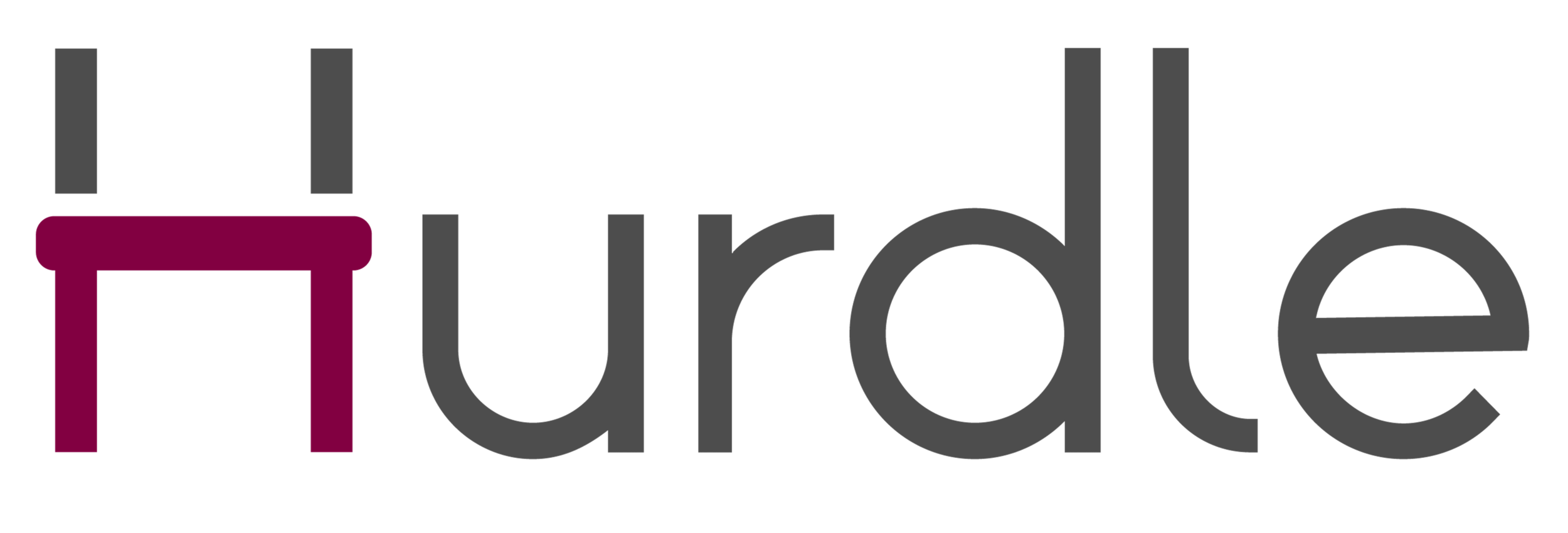How To Navigate Burnout
An expert weighs in on how to use the "three A's"
Earlier this week, I was talking about burnout with a girlfriend. It’s something that I think a majority of us can agree we’ve felt at one time or another over the past year. As a result of ~gestures loosely~ things. As a result of a shift from our once-normal routines. As a result of not getting outside as much. As a result of not seeing some of the people we love the most with nearly as much regularity.
The numbers don’t lie, either. More than 17 months into a global pandemic, over half (52%) of Americans say they’ve dealt with it according to one study — up from the 43% who said the same before COVID. Even more frightening: 53 percent of millennials were already burned out pre-pandemic, and they remain the most affected population at 59%.
For most, burnout is something that can feel entirely overwhelming. Helplessness takes over, and it’s easy to slip into a “why me?” mentality. I’m a realist: I’m not going to tap fingers to laptop today and tell you that I can prevent burnout from happening for you. I cannot. There are way too many factors. However I can put forward the “three A’s” — expert-backed suggestions from Victoria Albina, a certified life coach, UCSF-trained family nurse practitioner, and breathwork meditation guide — to help navigate it. Her insights will help you feel better, put stress at bay, and take back control of your mindset.
AWARENESS: Be aware of your mindset without judgement
It’s easy to get frustrated with what’s going on inside your head. Awareness starts with stepping into being our own observer and recognizing that we are not our thoughts. We are humans having those thoughts. Albini recognizes that meditation is not for everyone (although it can be super helpful). Instead, she suggests making a conscious effort to integrate mindfulness into your regular routine so that you can become more in tune with your thoughts — instead of overwhelmed by them.
An exercise that she recommends? Combining mindfulness with something you already do regularly, like putting on your jewelry. “I like to put my jewelry on in the morning. I take a breath, put my earring on, feel the weight now on my ear. Then, I put a necklace on, feel it land on my chest. Put my rings on. It doesn't have to be a complex experience.”
ACCEPTANCE: Accept your feelings of burnout
Before we jump to taking action and change our thoughts, it is vital that we sit with them. When your body is telling you that something feels off, then you owe it to yourself to say “maybe this isn’t good for me.” If you need to cry, let yourself cry. Mash your firsts and throw a temper tantrum, and let it out. Once that original period of emotional acceptance happens, then you can put in the work to progress.
ACTION: Take action against burnout
There are a lot of different potential action plans here. A few things you can do that don’t take a whole lot of effort include:
Choose a new thought: Instead of homing in on “I’m so overwhelmed,” and “I feel like I’m drowning,” sentiments, Albini encourages her clients to choose a new thought. Not in a toxic positivity way (“I don't do toxic positivity for a host of reasons. That's not neuroscience. That's not how brains work. You can't lie to yourself and expect your brain and body and spirit actually change.”) Instead we pick a thought that we can believe that doesn’t feel so outlandish. Try “I can do this.” Repeat that to yourself. Build a bridge that you can summit to get over the hurdle.
Get some rest (ideally at the same time each evening): Albini talks about how exhaustion associated with burnout can be mitigated with a few nights of solid rest. She suggests making a habit of getting into bed at the same time every night, and that time should be before 10 p.m. Science co-signs this, adding that laying down at regularly on a schedule can help reduce sleep latency, improve your mental performance, and make you a happier human (among other perks).
Talk to someone: Speaking with a counselor, therapist, or coach can certainly help. However, Albini recognizes the burden this puts on so many. “You have to see if they take your insurance, if you can afford it, make an appointment, then schlep across town, find or find parking … it’s a hassle.”
Albini recommends leaning into telehealth to remove some of the barriers to entry mentioned above.
Reach for smarter foods: It’s easy for many to lean into comfort foods like French fries and red wine when life feels like too much. When our brains are overworked, they send signals to the body that are essentially screaming “gimme calories, make them carbs, and make them now,” says Albini. While there is a time and place for most all things in moderation, Albini adds that what our physiology really needs at this point are fats and proteins. Think avocado, coconut oil, and coconut milk.

